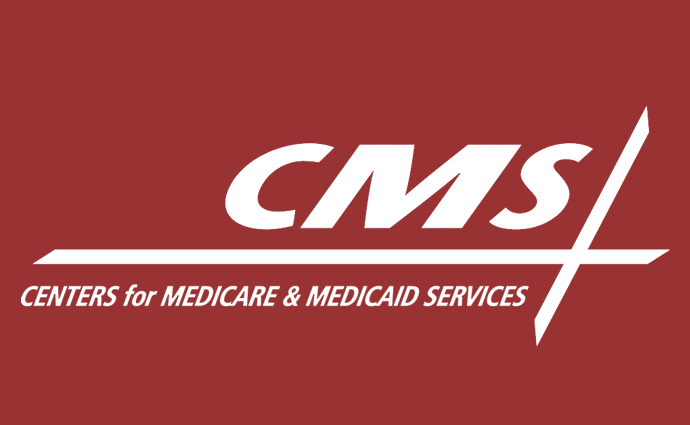CMS to Pay $1.9B in Value-Based Purchasing Incentive Payments
About 55 percent of the 2,700 hospitals in the Value-Based Purchasing Program will receive an upward adjustment in FY 2020, CMS reported.

Source: CMS
- More hospitals will share in incentive payments under Medicare’s Value-Based Purchasing Program in the 2020 fiscal year (FY) than will receive penalties, according to a new CMS announcement.
The federal agency announced yesterday that 1,500 hospitals, which represented over 55 percent of all participating facilities, will receive higher Medicare inpatient reimbursement in FY 2020 for their performance in the Value-Based Purchasing Program.
The Value-Based Purchasing Program started eight years ago and ties a hospital’s Medicare reimbursement under the Inpatient Prospective Payment System (IPPS) to four quality domains: clinical outcomes, safety, person and community engagement, and efficiency and cost reduction.
CMS withholds two percent of the payments for all participating hospitals and redistributes the funds to hospitals based on how they performed compared to their peers during the performance period and how much they improved the quality of care delivered to patients over time.
In FY 2020, the two percent withhold amount reached $1.9 billion, meaning over half of participants will share in the funds with the average net payment increase being 0.60 percent, CMS reported.
Most hospitals in the Value-Based Purchasing Program will only see a small change in Medicare reimbursements in FY 2020, CMS added. Nearly 60 percent of hospitals will receive between a 0.50 percent downward adjustment and 0.50 percent upward adjustment.
Additionally, the average net decrease for hospitals that underperformed in the program compared to their peers will be 0.30 percent in FY 2020. Although, the lowest-performing hospital in this year’s participant pool will incur a net decrease in payments of 1.72 percent.
In contrast, the highest performing hospital will see a 2.93 percent boost in Medicare reimbursements in FY 2020.
Value-Based Purchasing Program results in FY 2020 are similar to last year’s findings. CMS reported in 2018 that 55 percent of the approximately 2,800 participating hospitals received an incentive payment in FY 2019. The pool for incentive payments was also $1.9 billion that year.
Average performance scores in FY 2020 were also comparable to those the previous year. In FY 2020, the average total performance scores across all participating hospitals in the program rose to 38.5 points from 38.1 points in FY 2019.
Rural hospitals also outperformed their peers in certain quality domains in FY 2020, CMS highlighted. On average, rural hospitals performed better in the safety, person, and community engagement domain, as well as the efficiency and cost reduction domain. Urban hospitals tended to outperform their rural counterparts in the clinical outcomes domain.
However, the average total performance score across all rural hospitals was 42.8 points, which was higher than the national average.
Similarly, small hospitals did better in the safety, person, and community engagement and efficiency and cost reduction domains in FY 2020. The hospitals, which were considered small by CMS based on the number of inpatient beds, also earned greater overall total performance scores, the federal agency reported.
The Value-Based Purchasing Program has led to modest improvements in care quality, especially for rural and smaller hospitals. But some industry experts feel the program isn’t doing enough to justify its existence.
A study published in Health Affairs in January 2017, for example, found that patient experience improved modestly under the Value-Based Purchasing Program from 2008 to 2014. But there was little evidence that the modest incentives under the program led to “meaningful gains.”
An earlier study in BMJ also did not find conclusive evidence that the hospital-based program lowered mortality rates about two years after its implementation, and researchers warned other countries contemplating similar programs to rethink their value-based purchasing strategy.
“So far, there’s no evidence the program has improved quality or patient satisfaction,” Jose F. Figueroa, MD, MPH, co-author of both studies and an instructor of medicine at Harvard Medical School, recently said in a New York Times article penned by Austin Frakt.
“The financial incentives are too weak to drive any meaningful changes across hospitals. The program’s design, with numerous measures across different domains, makes it hard for hospitals to understand what to focus on,” Figuerora told the director of the Partnered Evidence-Based Policy Resource Center at the VA Boston Healthcare System and associate professor with Boston University’s School of Public Health.
Medicare has moved passed many of these pay-for-performance programs, consolidating many of them under the Quality Payment Program’s Merit-Based Incentive Payment System (MIPS). The program is also pushing more hospitals and other providers to take on more complex models, like bundled payments and accountable care organization (ACO) contracts, which have the potential for downside financial risk.
